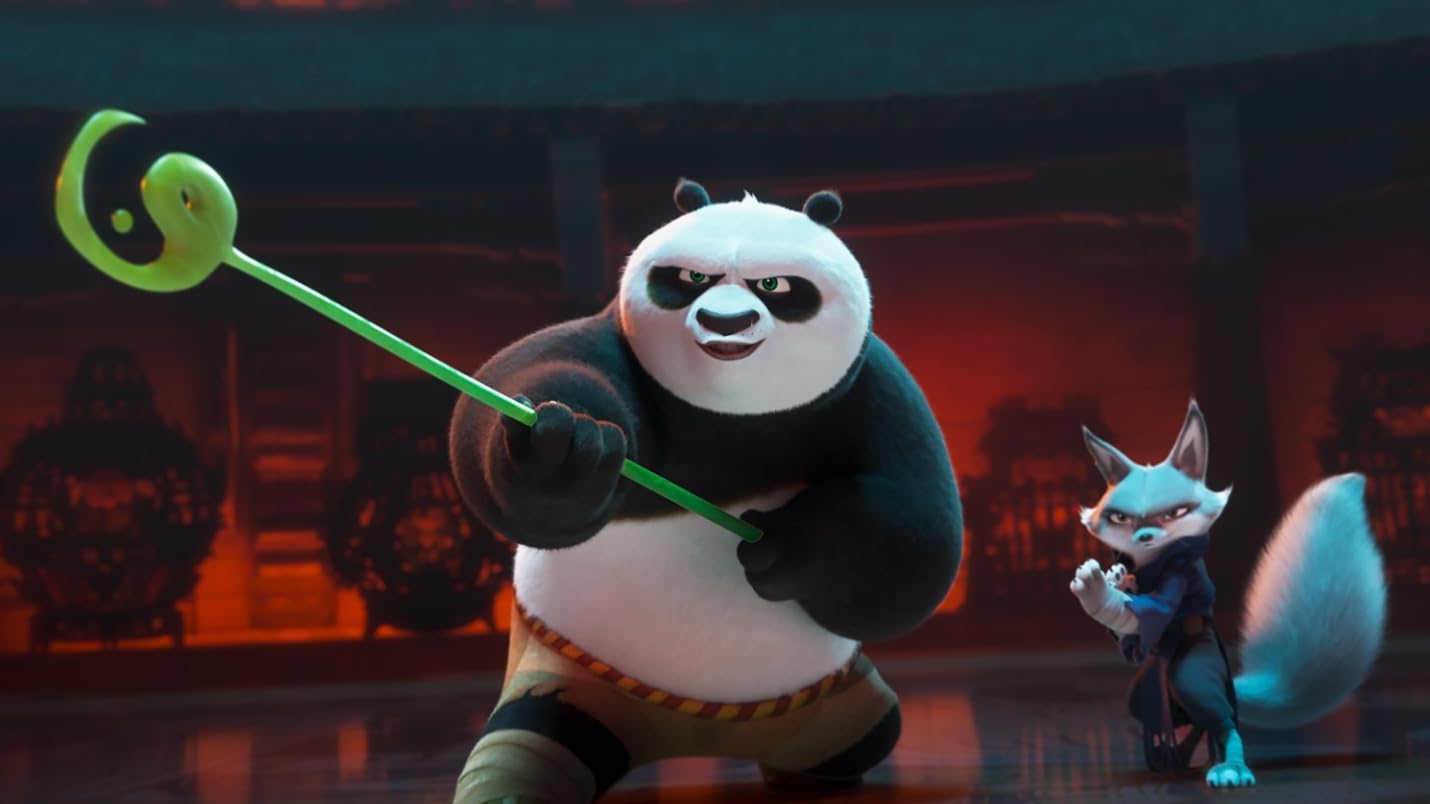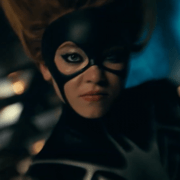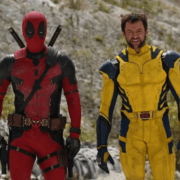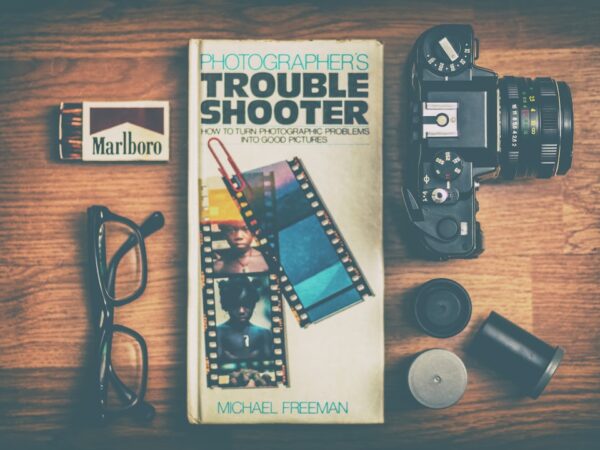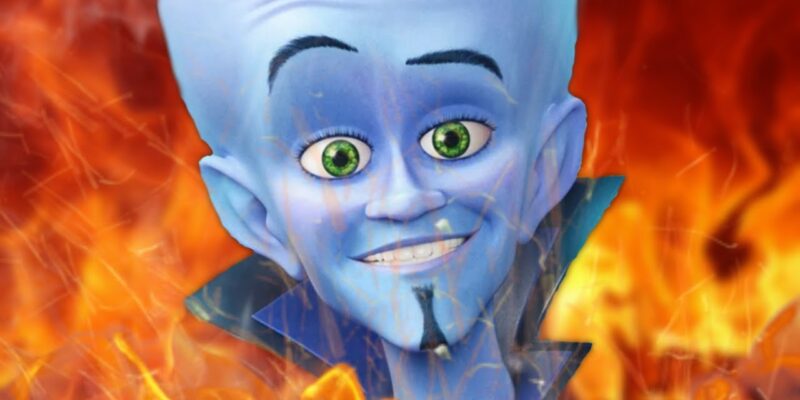
Mega Mind vs. the Doom Syndicate: A Disappointing Sequel
A review of the lackluster follow-up to the original Mega Mind movie.
Overview
When it comes to animated movies, visuals play a crucial role in captivating the audience’s attention. Unfortunately, some films fall short in this aspect due to low-budget production, resulting in unimpressive visuals and posters. DreamWorks’ movie featuring the Doom Syndicate super villains is one such example. Released alongside a new Mega Mind TV show, this film failed to make a lasting impact and is considered one of the worst in the DreamWorks animation lineup. Additionally, the movie faced criticism for its subpar voice cast replacements, further detracting from its overall appeal.
Low-Budget Visuals and Unimpressive Poster
One of the first things that audiences notice about a movie is its visuals, especially in the case of animated films. The quality of animation can make or break a viewer’s experience, and unfortunately, the movie under review suffered from low-budget visuals. The animation appeared lackluster and failed to impress, lacking the depth and detail that audiences have come to expect from animated features.
Moreover, the promotional poster for the movie also failed to spark interest or excitement among potential viewers. A poster is often the first point of contact between a film and its audience, serving as a visual representation of what the movie has to offer. In this case, the poster fell short of expectations, failing to convey the magic and charm that typically draw audiences to animated movies.
Introduction of the Doom Syndicate Super Villains
The introduction of the Doom Syndicate super villains was a pivotal aspect of the movie’s storyline. Super villains are often intriguing characters that add depth and complexity to a film’s narrative, creating challenges and conflict for the protagonists to overcome. However, in this particular movie, the portrayal of the Doom Syndicate super villains failed to leave a lasting impression.
Despite the potential for an exciting and engaging storyline centered around these villains, the execution fell flat. The Doom Syndicate villains lacked the menacing presence and charisma that make antagonists memorable in animated films. Without well-developed and compelling villains, the movie struggled to create a sense of urgency and suspense, ultimately impacting the overall storytelling experience.
Released Alongside a New Mega Mind TV Show
Timing can significantly impact a movie’s success, especially when it comes to the competitive world of animated entertainment. The movie in question was released alongside a new Mega Mind TV show, a move that may have influenced its reception among audiences. The presence of a popular TV show featuring a beloved character like Mega Mind could have overshadowed the movie, diverting attention and interest away from the film.
Furthermore, launching a movie alongside a well-established TV series may have created unrealistic expectations for the film. Audiences may have compared the movie to the TV show, expecting a similar level of quality and entertainment. This could have worked against the movie, leading to disappointment and underwhelming reviews from viewers and critics alike.
Considered the Worst DreamWorks Movie
Within the realm of animated movies, DreamWorks has produced a plethora of beloved and critically acclaimed films. However, not every film can be a success, and unfortunately, the movie under scrutiny has been labeled as one of the worst in the DreamWorks catalog. This unfavorable designation highlights the film’s shortcomings and its failure to resonate with audiences on a large scale.
Being considered the worst DreamWorks movie is a significant label to bear, especially considering the studio’s track record of delivering memorable and successful animated features. The movie’s lackluster reception may have stemmed from various factors such as weak storytelling, uninspired animation, or a lack of compelling characters. Whatever the reasons may be, the film’s reputation as the worst in the DreamWorks lineup is a testament to its underwhelming quality.
Subpar Voice Cast Replacements
Voice acting plays a crucial role in bringing animated characters to life and conveying emotions and personalities. In the case of the movie in question, the film faced criticism for its subpar voice cast replacements. Voice actors are tasked with infusing characters with personality, humor, and depth, making them relatable and engaging to audiences.
Unfortunately, the voice cast replacements in this movie failed to capture the essence of the original characters or bring anything new to the table. The performances lacked the charisma and chemistry that can elevate animated characters and make them memorable. As a result, viewers may have found it challenging to connect with the characters on an emotional level, detracting from the overall impact of the film.
Character Development
Character development is a fundamental aspect of any movie, particularly in the superhero genre where the growth and evolution of characters often drive the narrative forward. However, in some cases, the portrayal of character development in sequels can fall short of expectations. In this review, we will explore the various shortcomings in character development that detract from the overall enjoyment of the film.
Ignoring Character Growth from the First Movie
One of the most glaring issues with character development in sequels is the tendency to ignore the growth and development that occurred in the first movie. Characters who underwent significant changes or overcame challenges in the original film may revert to old behaviors or fail to show any progression in the sequel. This lack of continuity can be frustrating for viewers who invested in the characters’ journeys and hoped to see them continue to evolve.
When characters fail to show growth or development from one movie to the next, it not only undermines the emotional impact of their arcs but also makes the overall narrative feel disjointed and unsatisfying. Viewers want to see their favorite characters face new challenges and continue to grow, rather than stagnating or regressing.
Inconsistent Personalities
Another common issue in character development in sequels is the portrayal of inconsistent personalities. Characters may behave in ways that are at odds with their established traits or values, causing confusion and frustration among viewers. When characters act out of character without any plausible explanation, it can disrupt the audience’s suspension of disbelief and detract from their engagement with the story.
Consistency in character portrayal is essential for maintaining the integrity of the narrative and ensuring that viewers can connect with and empathize with the characters. When characters’ actions and motivations are inconsistent or illogical, it weakens the emotional impact of the story and diminishes the audience’s investment in the characters’ journeys.
Lack of Subversive Parody of Superhero Stories
One of the most effective ways to develop characters in a sequel is to provide a subversive parody of superhero stories, challenging traditional tropes and expectations in the genre. By deconstructing common conventions and exploring new perspectives on heroism and villainy, filmmakers can deepen the complexity of their characters and engage viewers in unexpected ways.
However, some sequels fall short in delivering this subversive take on superhero stories, opting instead to rely on tired clichés and formulaic plot devices. Without a fresh perspective or innovative approach to character development, the sequel may feel uninspired and lacking in depth, failing to capitalise on the potential for meaningful growth and evolution of its characters.
Contradictions and Recon’s from the Original Film
Sequels often face the challenge of reconciling inconsistencies or contradictions that arise from the original film, particularly when new creative choices conflict with established canon or character development. When filmmakers introduce retcons (retroactive continuity) or recon’s (retcons disguised as new story elements) without proper explanation or narrative coherence, it can disrupt the audience’s investment in the characters and their story.
It is crucial for sequels to respect the established lore and character development from the previous installments, offering explanations or justifications for any changes or deviations from the original film. Without this attention to continuity and coherence, the sequel runs the risk of alienating viewers and undermining the integrity of the overarching narrative.
Overall Lack of Spirit from the Original Movie
Perhaps the most significant detriment to character development in sequels is the overall lack of spirit from the original movie. When a sequel fails to capture the essence and energy that made the original film special, it can feel like a pale imitation that lacks the heart and soul of its predecessor. Characters may seem hollow or uninspired, lacking the depth and complexity that endeared them to audiences in the first place.
To effectively develop characters in a sequel, filmmakers must tap into the core themes and emotions that resonated with viewers in the original movie, building upon that foundation to explore new facets of the characters’ personalities and relationships. Without this foundational connection to the spirit of the original film, character development in the sequel may feel shallow and unconvincing.
In conclusion, character development is a critical aspect of any movie, and sequels have a unique opportunity to deepen and expand upon the growth of characters introduced in the original film. However, when character development in sequels fails to address the issues outlined above – ignoring growth from the first movie, inconsistent personalities, lack of subversive parody, contradictions and recon’s, and the overall lack of spirit – the result can be a disappointing and disjointed narrative that undermines the emotional impact and engagement of viewers.
Plot and Humor
The combination of a nonsensical and cliche-filled story with a rushed and disjointed plot results in a disappointing experience with the movie. The illogical plan to send Metro City to the moon feels forced and fails to engage the audience. Moreover, the humor relies heavily on unfunny poop jokes, missing the mark on what made the original movie so enjoyable.
TL;DR: The movie’s plot is filled with cliches, the story feels rushed and disjointed, the plan to send Metro City to the moon is illogical, humor falls flat with poop jokes, and it fails to capture the essence of the original film.




